Inside the Feathered Mind: Understanding Bird Behavior and Habits
How Birds Talk: Songs, Calls, and Body Language
Songs often advertise territory and health to rivals and potential mates, with local dialects shaping the soundscape across neighborhoods. A mockingbird’s mimicry may fold in car alarms and other species, signaling versatility and vigor to anyone listening at dawn.
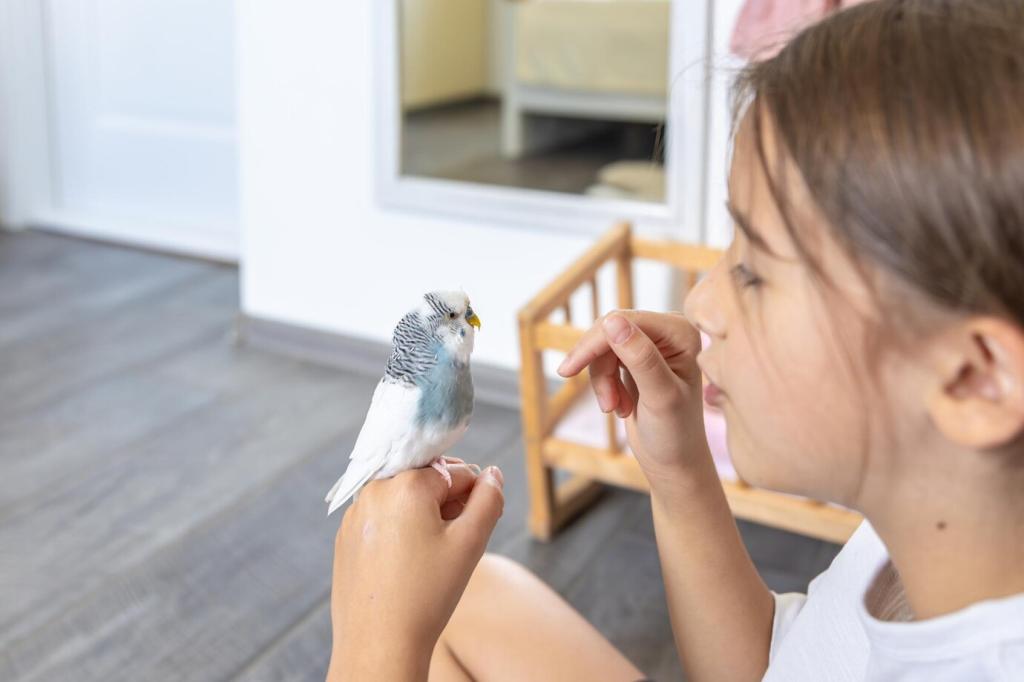
The Daily Routine: Foraging, Resting, and Preening
The dawn chorus doubles as a feeding strategy. Cooler air carries sound farther while insects are sluggish, letting singers stake claims and then quickly refuel. Share your first-light observations in the comments—what species dominates your morning soundtrack?
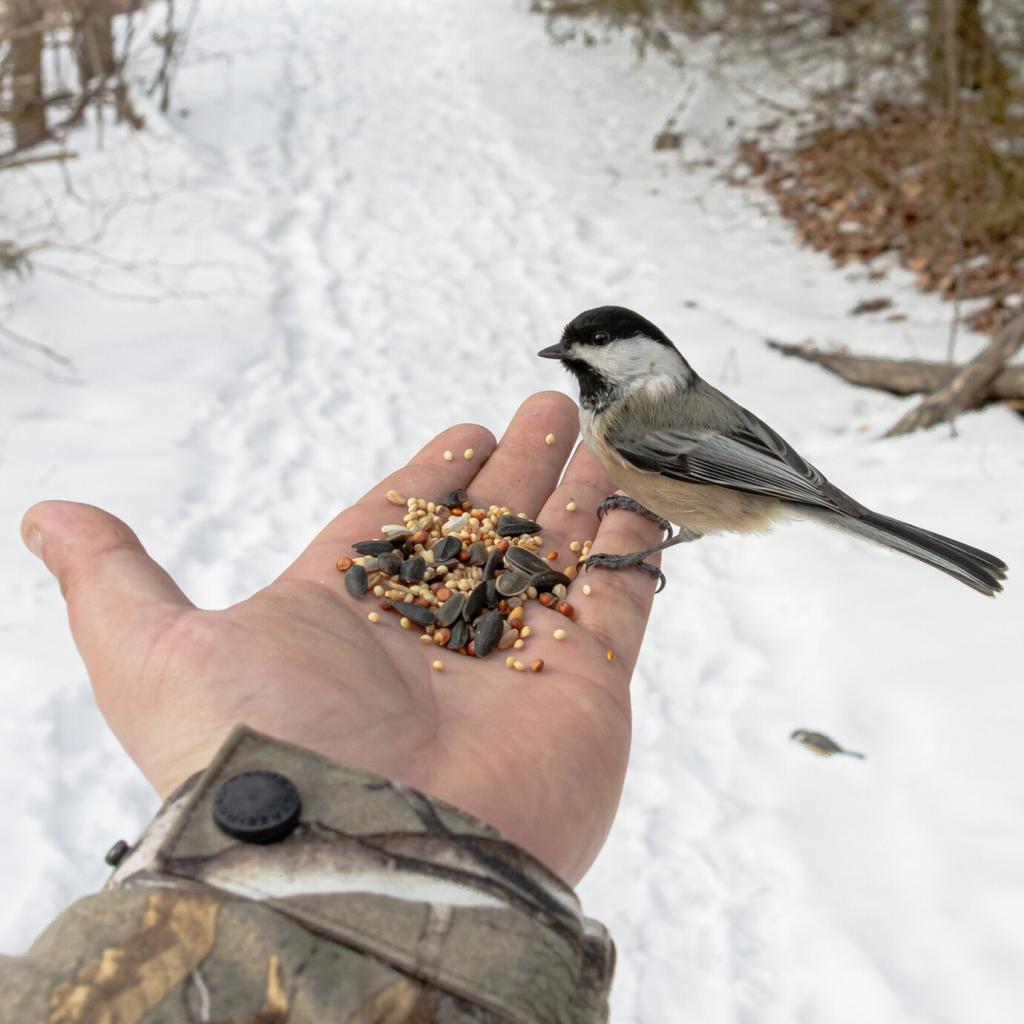

The Daily Routine: Foraging, Resting, and Preening
Nuthatches move headfirst down trunks to spot hidden prey woodpeckers miss. Corvids cache snacks under leaves, remembering dozens of hiding spots. Notice patterns in your park: who probes bark, who hawks insects midair, and who patiently ambushes from shadows?
On the Move: Migration, Orientation, and Stopovers
Young birds may follow an inherited compass bearing, while experienced migrants refine routes using landmarks, polarized light, and celestial cues. On clear nights, listen for flight calls overhead—tiny notes tracing invisible highways between continents.
On the Move: Migration, Orientation, and Stopovers
Before crossing oceans or deserts, migrants pack on fat at rich stopovers, sometimes nearly doubling body mass. Shorebirds crowd tidal flats like bustling airports. Tell us about your favorite rest stop and why it matters; your tip could guide a fellow birder.
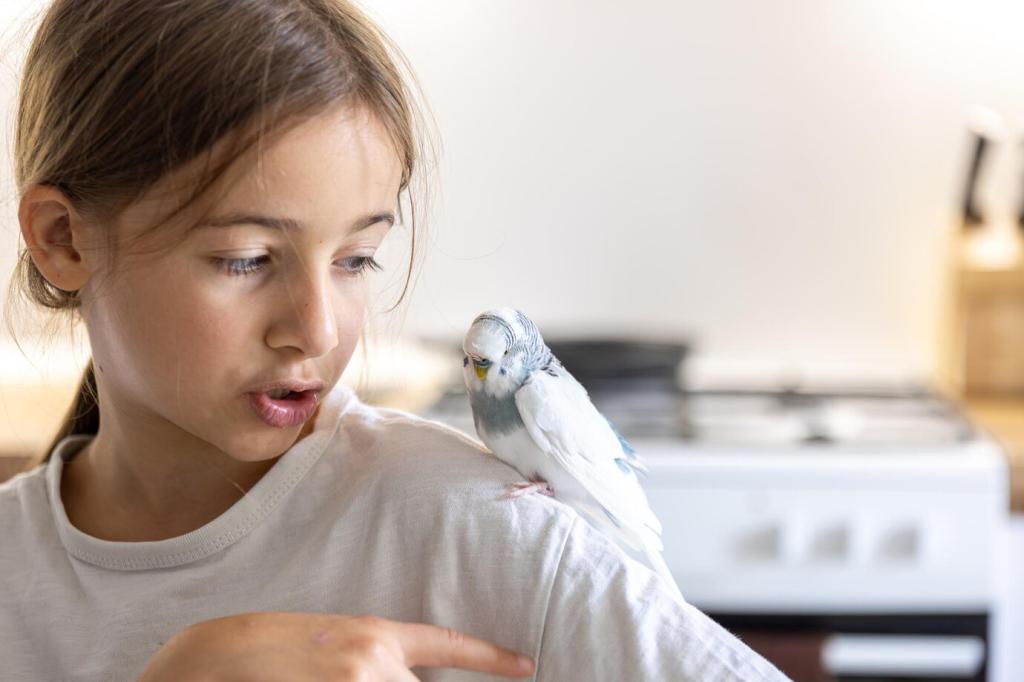
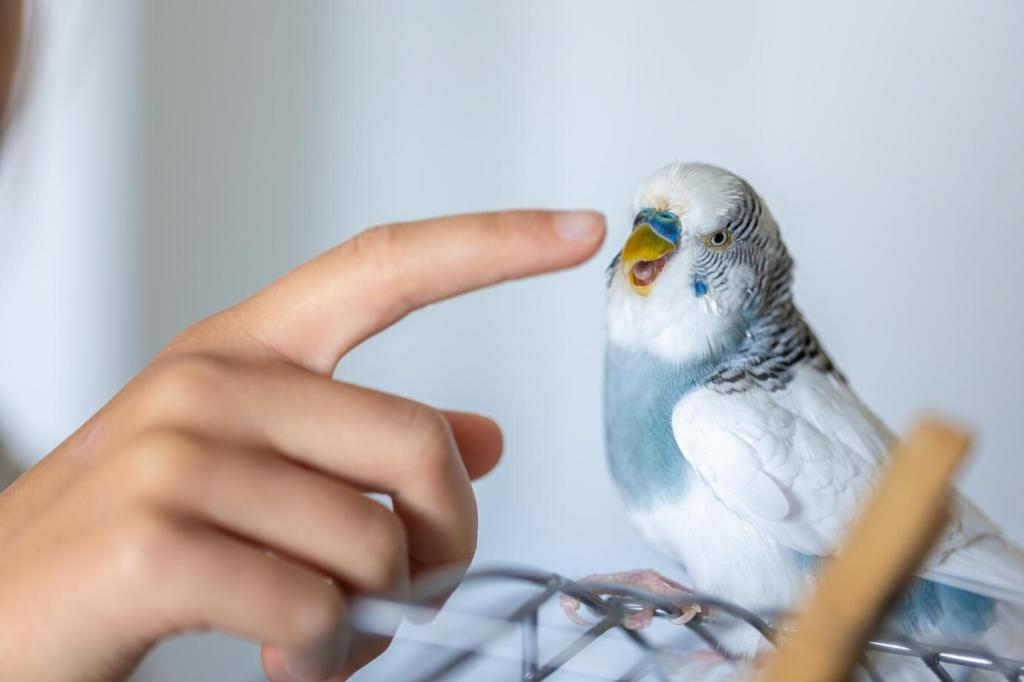
Attracting and Keeping a Partner: Courtship and Nesting
Rituals of Romance
Cranes dance with synchronized bows and leaps, while bowerbirds curate galleries of color to impress. Even backyard robins offer nest materials like tiny tokens. Share the most charming display you have witnessed; your anecdote could inspire a deeper look tomorrow.
Real Estate Decisions
Cavity nesters seek tight, secure spaces; open-cup builders weave art among leaves. Height, shade, and predator cover drive every choice. Consider nest boxes sized for local species, and remember: discretion and distance are the best gifts during breeding season.
Parents on Duty
Some chicks hatch helpless and demand constant feeding; others sprint hours after birth. Killdeer feign broken wings to lure threats away. If you spot such theatrics, step back kindly—and tell us how you kept the family safe while observing respectfully.
Space and Society: Territories, Flocks, and Neighbors
Song is often a living fence. Hummingbirds flash iridescence and chase intruders with astonishing speed, defending nectar like liquid gold. Note where disputes erupt in your yard—those hotspots outline invisible borders you can map with patience.
Space and Society: Territories, Flocks, and Neighbors
Flocking dilutes risk and amplifies vigilance. Starling murmurations ripple like silk as each bird watches a handful of neighbors. When a predator slices in, the wave bends around danger. Have you filmed a flock’s pivot? Share your clip with the community.
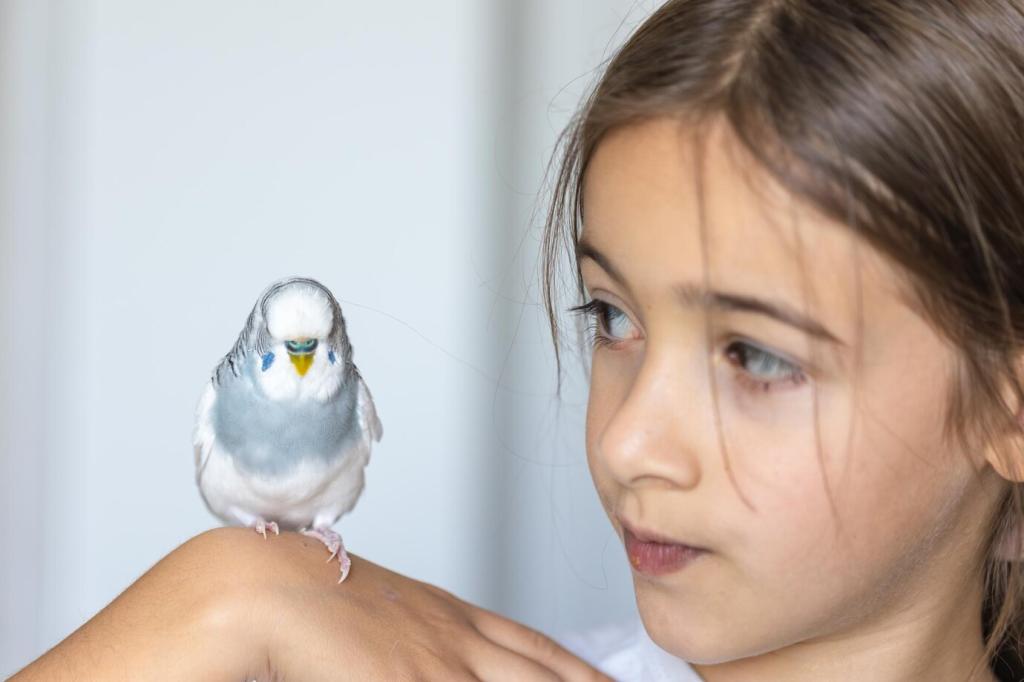
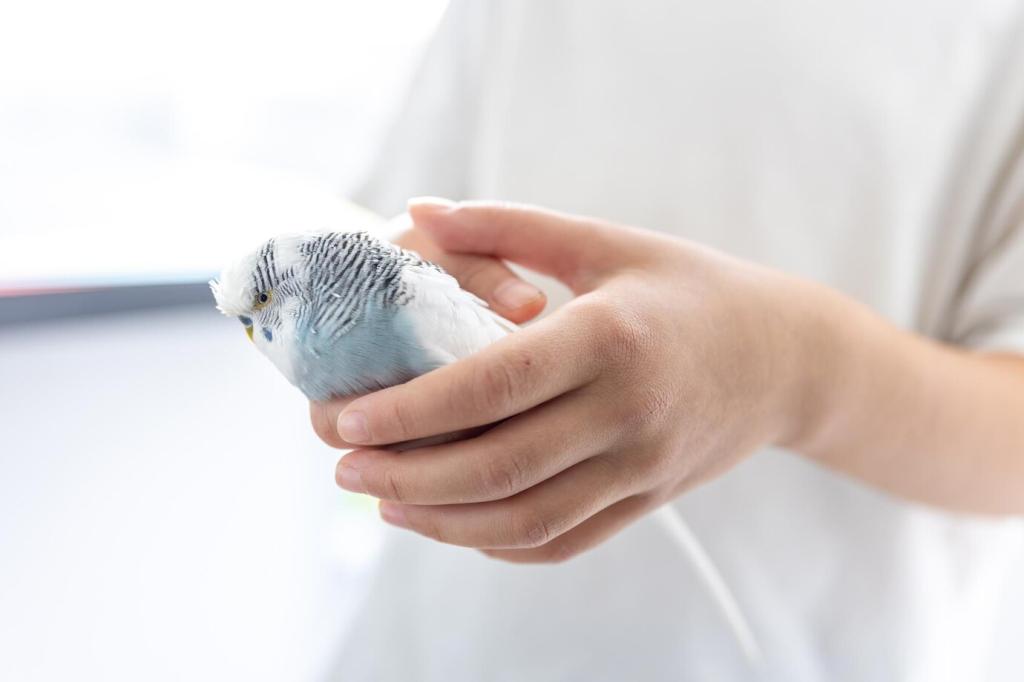
Bird Brains: Learning, Play, and Problem-Solving
Young ravens roll down snowy roofs and test the aerodynamics of sticks. Gulls drop clams on crosswalks to let cars crack shells. Play rehearses survival skills, and it is contagious—notice how one bold act can spark a cascade of copying.
Bird Brains: Learning, Play, and Problem-Solving
New Caledonian crows bend twigs into hooks to fish out grubs. Green herons place bread as bait for fish, watching patiently. If you offer puzzles at feeders—safe and appropriate ones—record what happens and tell us which species solved them first.
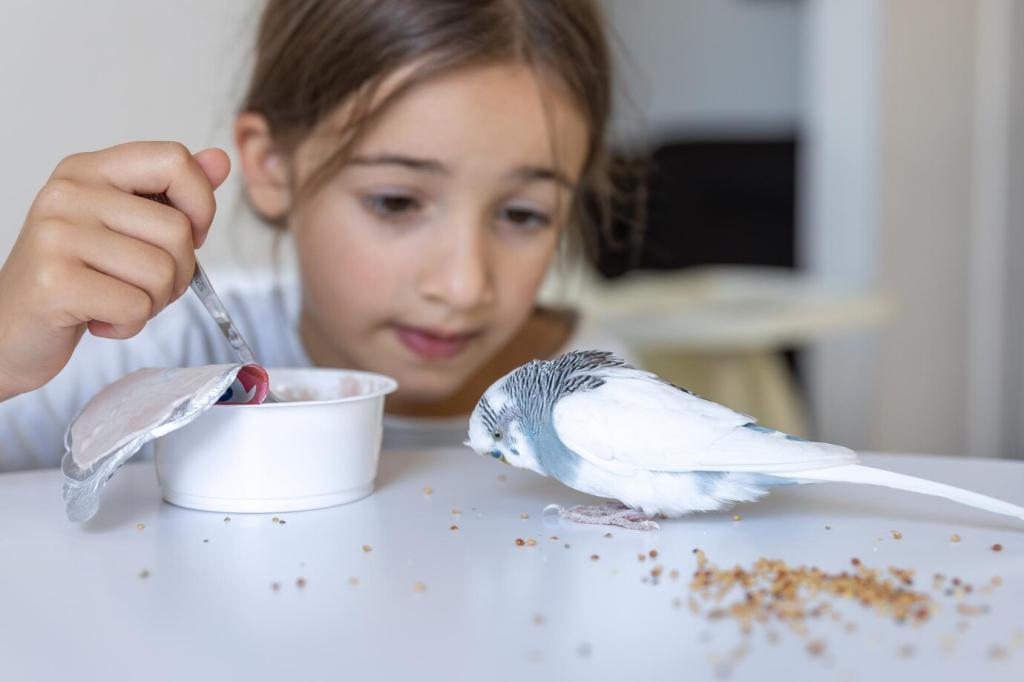
Living Together: Ethics and Everyday Help
Watch Without Worry
Keep respectful distances, limit playback during nesting, and never approach fledglings closely. Quiet observation yields better behavior insights anyway. Share your code of field ethics below—your example could guide newcomers entering the hobby this weekend.
Backyards that Behave
Plant native shrubs, offer clean water, and sanitize feeders regularly to reduce disease. Make windows safer with visible patterns. Tell us which changes worked for you, and we will feature reader-tested tips in our next behavior-focused newsletter.
Your Story Matters
Behavior becomes vivid through shared moments—a wren scolding rain, a hawk pausing in wind. Post your observations, subscribe for weekly behavior breakdowns, and help us build a community where every feathered habit finds an attentive witness.
